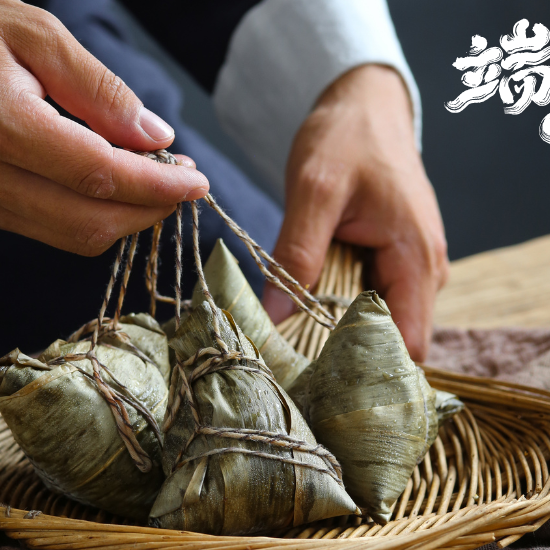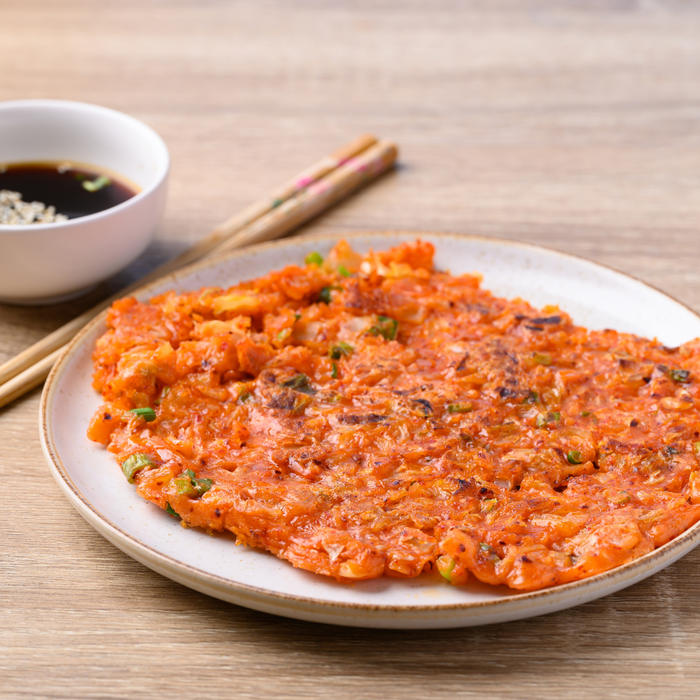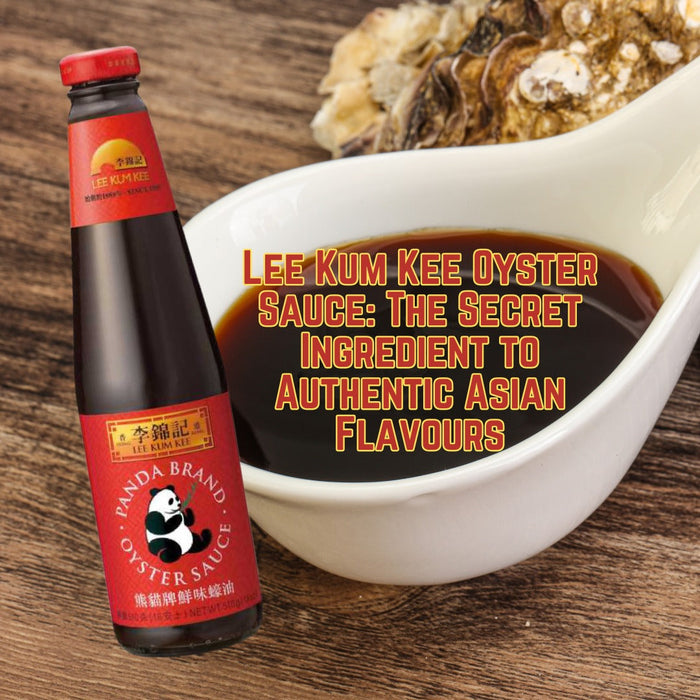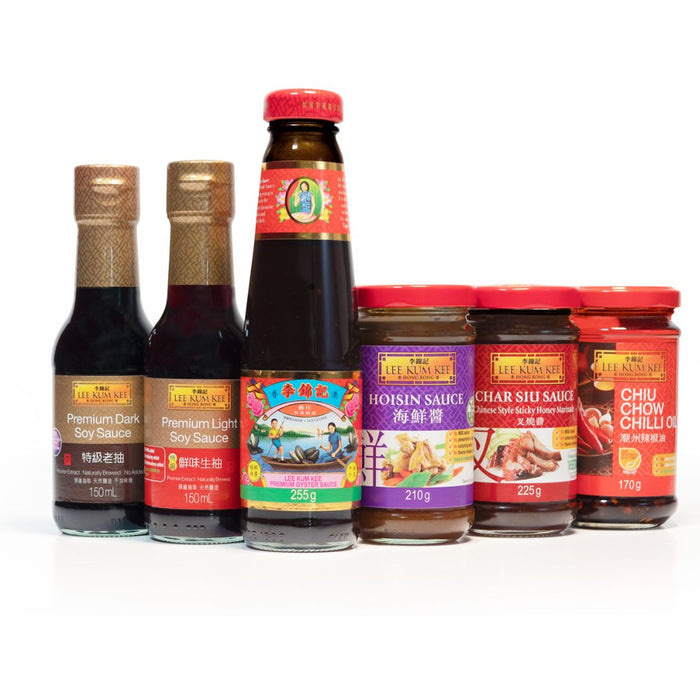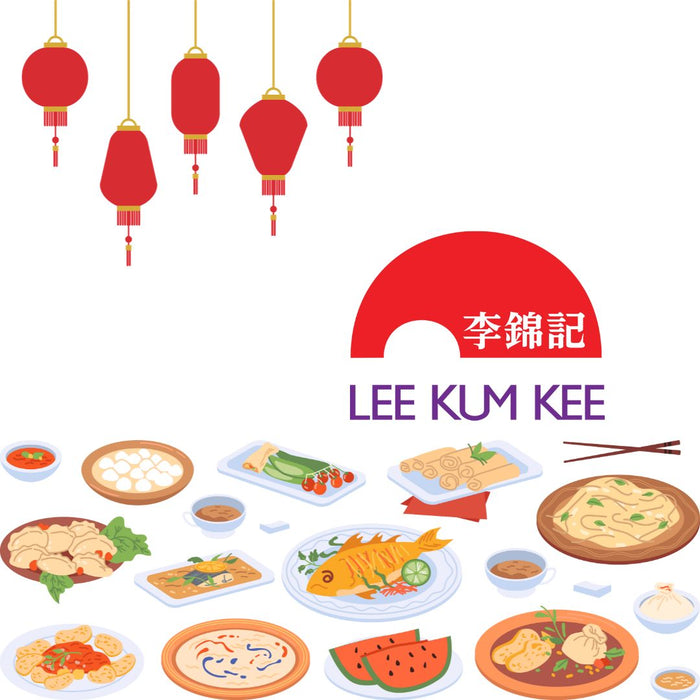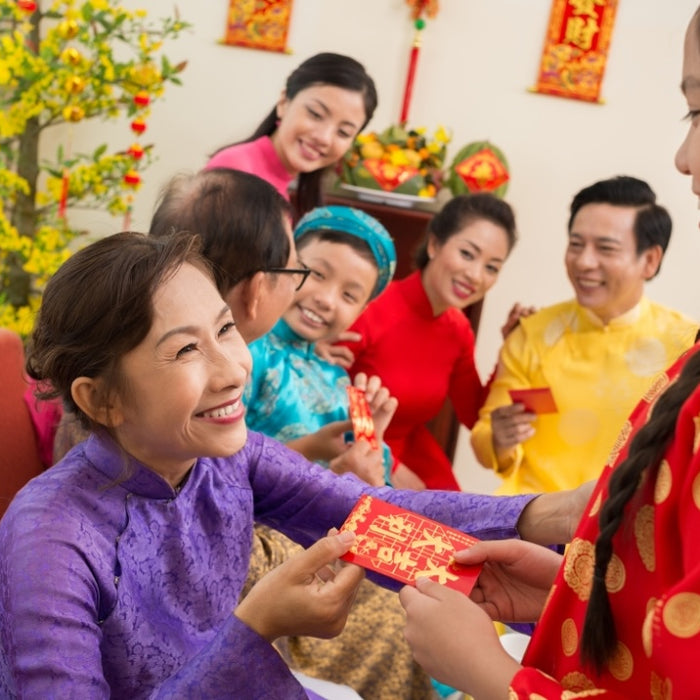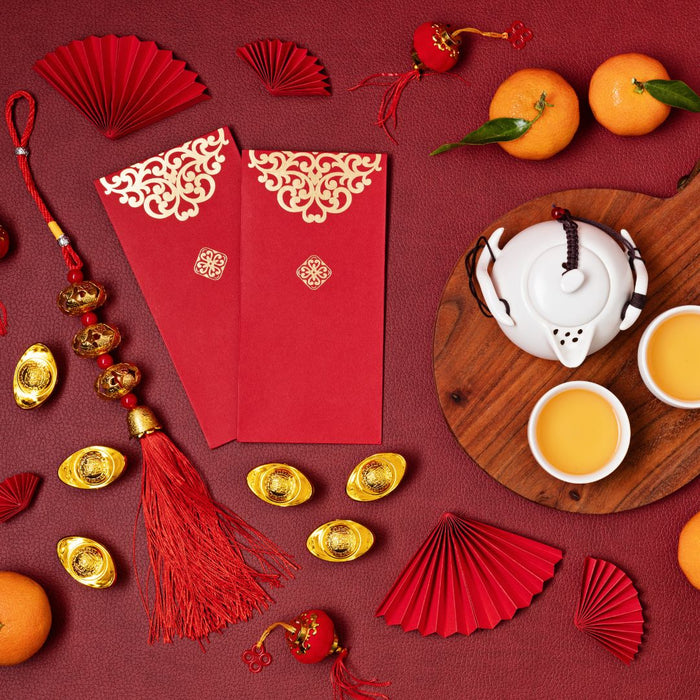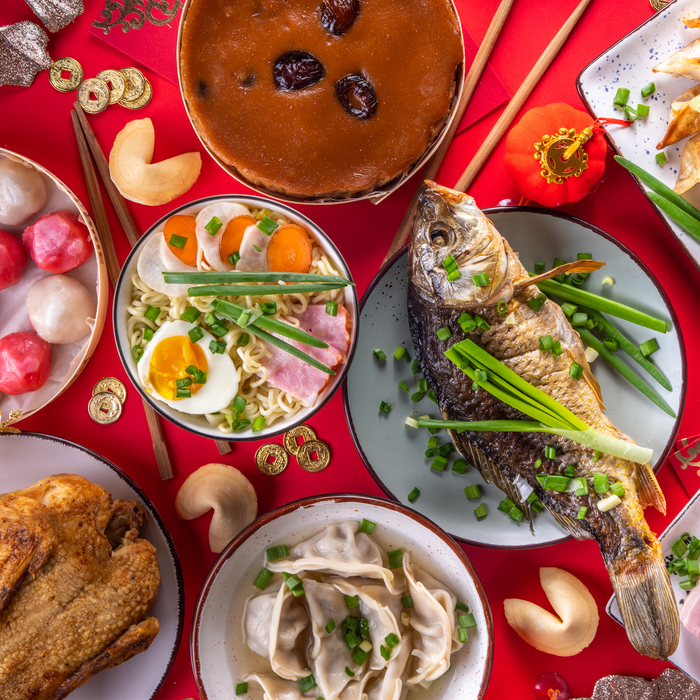Imagine biting into a delicately shaped, sweet and delicious treasure that carries with it centuries of tradition and legends as its true filling. This isn’t just a fancy dessert, it’s the iconic mooncake – a symbol of unity, an embodiment of mythology and an essential delight of the Mid-Autumn Festival. Today we will navigate through time, explore cultural nuances and savour the rich taste of history to unfold the captivating tale of the humble yet mighty mooncake. Embark upon this lunar journey with us as we delve into 'A Brief History of Mooncakes: The Sweet Story Behind the Festival Treat'.
Mooncakes have a long and rich tradition that dates back over 3,000 years in China. The custom of eating mooncakes during the Mid-Autumn Festival began in the Tang Dynasty and became popular in the royal palace during the Northern Song Dynasty. Some stories suggest that mooncakes were even used as a secret means of communication during an uprising against rule. Today, they have become an essential part of Mid-Autumn Festival celebrations around the world, with many different varieties available to suit different tastes.
Origins Of Mooncakes in China
The origins of mooncakes in China can be traced back over 3,000 years to ancient times. While the exact origin remains debated and shrouded in legends, historical records provide us with fascinating insights into the early beginnings of this beloved festival treat. One prominent theory suggests that the predecessor to mooncakes was a cake called Taishi, which dates back to the Shang and Zhou Dynasties.
Legend has it that during the Tang Dynasty (618-907 CE), mooncakes became closely associated with the Mid-Autumn Festival. It is said that Concubine Yang Yuhuan of Emperor Xuanzong's court in the Tang Dynasty named these round cakes "mooncakes." The round shape of these pastries symbolised the full moon, which is an integral part of the Mid-Autumn Festival celebrations.
In ancient times, people believed that by sharing and eating mooncakes together during the Mid-Autumn Festival, they would bring good fortune and reunion for their families, even if they were far apart. This tradition reinforces the significance of mooncakes as a symbol of unity and love.
Legend and Customs in Early Times
In addition to their symbolism and delicious taste, mooncakes have played various roles throughout history. During the late Yuan Dynasty (1271-1368), a significant secret operation took place where mooncakes served as a means of communication between rebels plotting against Mongol rule. The messages were hidden within these delectable pastries, allowing vital information to be passed undetected.
As we fast forward to later dynasties, particularly during the Ming Dynasty (1368-1644) and Qing Dynasty (1644-1912), eating mooncakes became increasingly popular during the Mid-Autumn Festival. It was at this time that mooncakes truly became intertwined with the festivities and established themselves as an essential part of the cultural heritage surrounding the festival.
Throughout the years, famous brands of mooncakes have emerged, some of which have a history spanning over a century. As mooncake culture evolved, these delectable treats became more elaborate and luxurious, with prices soaring to several thousand or even tens of thousands of RMB for luxury versions.
The rich history and customs associated with mooncakes remind us of their enduring significance in Chinese culture. Now that we've delved into the historical origins and early customs surrounding mooncakes, let's explore their evolution during the Tang and Yuan Dynasties.
Evolution During the Tang and Yuan Dynasties
The rich history of mooncakes harks back thousands of years, with its earliest predecessor being the Taishi cake in the Shang and Zhou Dynasties. However, it was during the Tang Dynasty that mooncakes truly began their evolution.
Legend has it that Concubine Yang Yuhuan of the Tang Dynasty played a significant role in popularising these delectable treats. She is credited with naming these round cakes "mooncakes" due to their resemblance to the full moon. From there on, their association with the Mid-Autumn Festival began to take shape.
It was during this period that mooncakes became an essential part of royal celebrations, particularly in the Northern Song Dynasty. The custom of eating mooncakes during the Mid-Autumn Festival gained popularity not only among royalty but also among commoners.
However, it wasn't until the Yuan Dynasty that mooncakes took on an additional significance - a means of secret communication and rebellion against Mongol rule. The Han Chinese rebels cleverly used mooncakes as a hidden medium to plan and coordinate their resistance movement, using them as carriers for written messages or encoding them with symbols representing different towns and provinces. This covert method allowed rebel leaders to communicate without detection by the Mongolian authorities.
The ingenuity behind using mooncakes as a tool for secret communication during the Yuan Dynasty can be likened to how spies hide messages within seemingly harmless objects in spy movies.
Despite facing challenges and opposition from the ruling power, the tradition of eating mooncakes not only endured but flourished even more during subsequent dynasties.
- According to a 2019 survey conducted in China, approximately 65% of respondents knew that the custom of eating mooncakes originated from the Tang Dynasty.
- A market analysis study showed that by 2021, the global mooncake market had grown to an estimated $1.3 billion.
- In a cultural research study from 2020, it was deduced that nearly 75% of Chinese families consider mooncakes as an indispensable part of their Mid-Autumn Festival celebration.
Recipes and Cultural Significance
As time went on, mooncakes became more elaborate and intricate in both their design and taste. Different regions developed their own unique recipes, adding various flavours and fillings that catered to local preferences. In modern times, there is an extensive range of fillings to choose from, including lotus seed paste, red bean paste, salted egg yolk, and even adventurous combinations such as durian or matcha.
The artistry involved in making mooncakes further adds to their cultural significance. Intricate designs are imprinted onto the surface of the cakes using ornate moulds, each symbolising auspicious meanings like longevity, prosperity, and harmony. This attention to detail showcases not only culinary skill but also a desire to convey blessings and good fortune during the Mid-Autumn Festival.
Mooncakes have become an integral part of the Mid-Autumn Festival across various Asian cultures. Families gather together to share these sweet treats while enjoying the sight of the full moon and expressing gratitude for abundance and unity. It is a time when loved ones come together to reinforce bonds and celebrate traditions passed down through generations.


 As you bite into a mooncake, imagine the centuries of history and cultural significance contained within its delectable flling. Each bite not only indulges your taste buds but also connects you to a long-standing cultural heritage that celebrates love, family, and community.
As you bite into a mooncake, imagine the centuries of history and cultural significance contained within its delectable flling. Each bite not only indulges your taste buds but also connects you to a long-standing cultural heritage that celebrates love, family, and community.
Transitions in the Qing Dynasty
During the Qing Dynasty, which spanned from 1644 to 1912, mooncakes experienced significant transitions that shaped their role and symbolism in Chinese culture. This era saw the consolidation of mooncakes as an essential part of the Mid-Autumn Festival and witnessed the rise of various regional styles and flavours.
Mooncakes became increasingly popular during this time, not only among the royal court but also among the common people. The festival itself gained prominence as a time for families to reunite and offer prayers to the moon. Symbolising unity, harmony, and good fortune, mooncakes became an integral component of these rituals.
Imagine the bustling streets of China during this period, with families preparing for the Mid-Autumn Festival by making or purchasing mooncakes. The tantalising aromas waft through the air as elaborate trays are filled with meticulously crafted delicacies. Mooncakes were not only a delicious treat but also an expression of love and family ties.
As with many traditional cultural practises, mooncakes began to evolve and diversify during this dynastic era. Different regions developed their own unique variations, showcasing distinctive flavours, shapes, and fillings. For instance, in Guangdong Province, Cantonese-style mooncakes became popular - characterised by their crisp golden crust and sweet lotus seed paste filling. In contrast, Suzhou-style mooncakes from Jiangsu Province featured a flaky pastry shell wrapped around a variety of sweet or savoury fillings.
These transitions within the Qing Dynasty allowed for a rich tapestry of mooncake varieties to emerge across different regions of China. Each style offered its own delectable combination of ingredients and textures that reflected local culinary traditions and preferences.
Furthermore, the Qing Dynasty marked a turning point in terms of craftsmanship and presentation. Intricate patterns were often imprinted onto the mooncake surface using special moulds or hand-carving techniques. These designs ranged from auspicious symbols, such as the moon, flowers, or mythical creatures, to intricate scenes depicting folklore and historical events.
The transitions that took place during the Qing Dynasty laid the foundation for the modern-day diversification and artisanal nature of mooncakes. This evolution continues to this day, with new flavours and creations constantly being explored by talented pastry chefs and mooncake makers.
- The Qing Dynasty saw significant transitions that shaped the role and symbolism of mooncakes in Chinese culture. Mooncakes became an integral part of the Mid-Autumn Festival and were not only a delicious treat but also an expression of love and family ties. Different regions developed unique variations characterised by distinctive flavours, shapes, and fillings, showcasing local culinary traditions and preferences. The craftsmanship and presentation also evolved with intricate designs imprinted onto the mooncake surface using special moulds or hand-carving techniques. These transitions laid the foundation for the modern-day diversification and artisanal nature of mooncakes.
Emergence of Diverse Mooncake Varieties
As the tradition of eating mooncakes expanded throughout China's history, an exciting array of diverse mooncake varieties emerged. From traditional fillings to innovative flavours influenced by global culinary trends, there is now a mooncake to suit every palate.
Traditional mooncake fillings include lotus seed paste, red bean paste, and salted egg yolk - each offering a different combination of sweet and savoury flavours. These classic fillings continue to be beloved by many, with their rich and comforting taste evoking memories of gathering with loved ones during the Mid-Autumn Festival.
Picture yourself savouring a lotus seed paste mooncake, its smooth texture caressing your palate as you bite into the delectably sweet centre. The addition of a luscious salted egg yolk surprises your taste buds with a burst of savoury richness that harmonises perfectly with the sweet filling.
In recent years, creativity has flourished in the world of mooncakes, leading to the emergence of unique and unconventional flavours. From pandan-infused fillings to matcha green tea creations, these modern twists on traditional recipes have captured the imagination of both younger generations and adventurous food enthusiasts.
Imagine trying a snow-skin mooncake filled with refreshing durian cream or enjoying a mochi-like texture encasing tangy mango puree. These innovative combinations blend traditional techniques with contemporary flavours resulting in delightful surprises for the taste buds.
Furthermore, mooncakes have also started to incorporate elements of Western desserts, such as chocolate, cheesecake, and ice cream. These fusion creations offer a delightful blend of East-meets-West, providing new and exciting options for mooncake enthusiasts looking to explore diverse culinary experiences.
The emergence of diverse mooncake varieties showcases the adaptability of this traditional treat and its ability to evolve with the changing tastes and preferences of generations. Whether one prefers the comforting nostalgia of traditional flavours or seeks novelty in experimental creations, mooncakes truly cater to a wide range of palates.
Modern Day Mooncake Tradition
In the modern day, mooncakes continue to hold immense significance during the Mid-Autumn Festival, a cherished celebration in Chinese culture and other countries in East and Southeast Asia. This festival not only marks the end of the autumn harvest but is also a time for families to gather, give thanks, and pray for happiness and prosperity. The tradition of gifting mooncakes has been passed down through generations, symbolising unity, harmony, and the renewal of relationships.
Mooncakes are traditionally made with a flaky pastry exterior that encases a rich filling. While lotus seed paste and salted duck egg yolks remain popular choices, modern variations have emerged to cater to evolving tastes and preferences. Innovative flavours such as caviar, strawberry cream cheese with Oreo crumble, black truffle, and even durian snow skin with custard and salted egg cream have made their way onto the mooncake scene. The culinary world's creativity knows no bounds when it comes to pushing the boundaries of traditional mooncakes.
Furthermore, luxury brands have also jumped on board by producing their own mooncake creations, offering an element of exclusivity to their VIP clients. These exquisite mooncakes often come in elegant packaging adorned with intricate designs and hold an allure that extends beyond taste alone.
When it comes to enjoying mooncakes, it has become customary for families and friends to gather under a mesmerizingly illuminated night sky, typically outdoor venues or parks beautifully decorated with lanterns. As children carry paper lanterns and dragon dances mesmerise the crowd, loved ones savour their mooncakes together while appreciating the full moon's splendour. It's a joyful occasion filled with laughter, warmth, and gratitude.
Influence and Innovations in Contemporary Times
Over time, as cultures intertwine and technology advances, various influences have shaped the traditions surrounding mooncakes. Globalisation has allowed people from different backgrounds to embrace the beauty of this festival and savour the delights of mooncakes, spreading its significance beyond Asia's borders.
In contemporary times, social media platforms like Instagram have played a significant role in driving mooncake trends and innovations. Food enthusiasts from around the world share their unique mooncake creations, inspiring others to experiment with new flavours and techniques. This has led to a wave of culinary innovation, with chefs aiming to surprise and delight taste buds with bold and unconventional combinations.
Furthermore, embracing environmentally friendly practises has also made its mark on the mooncake tradition. In recent years, there has been a rise in eco-friendly packaging options for mooncakes, with brands using recyclable materials and reducing plastic waste. People are becoming more conscious of sustainability and are seeking ways to celebrate traditions while minimising their ecological impact.
However, as traditions evolve in contemporary times, there is also an ongoing debate about striking a balance between preserving the essence of the mooncake tradition and embracing modern creativity. Some argue that excessive innovation may overlook the cultural heritage associated with mooncakes, undermining their traditional significance. On the other hand, proponents believe that innovation brings renewed excitement and keeps the tradition relevant for younger generations.
For instance, while some might feel sceptical about unconventional flavours like caviar or durian snow skin custard filling, these innovative creations attract adventurous eaters who revel in exploring new tastes. They add a touch of modernity to an age-old tradition without erasing its cultural roots.
Click to Shop our range of Mooncakes
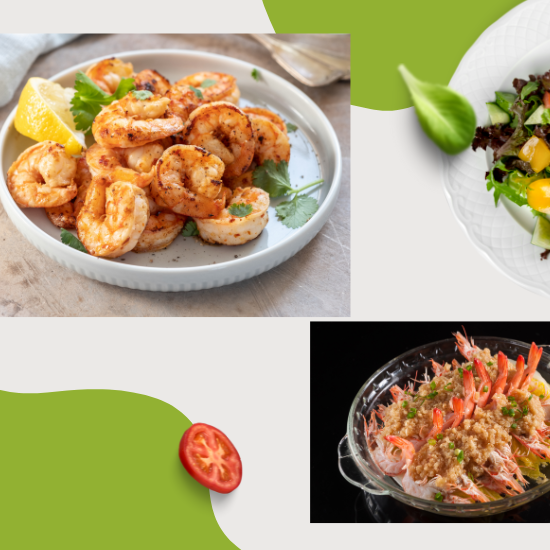
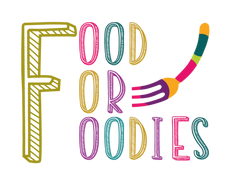



 As you bite into a mooncake, imagine the centuries of history and cultural significance contained within its delectable flling. Each bite not only indulges your taste buds but also connects you to a long-standing cultural heritage that celebrates love, family, and community.
As you bite into a mooncake, imagine the centuries of history and cultural significance contained within its delectable flling. Each bite not only indulges your taste buds but also connects you to a long-standing cultural heritage that celebrates love, family, and community.